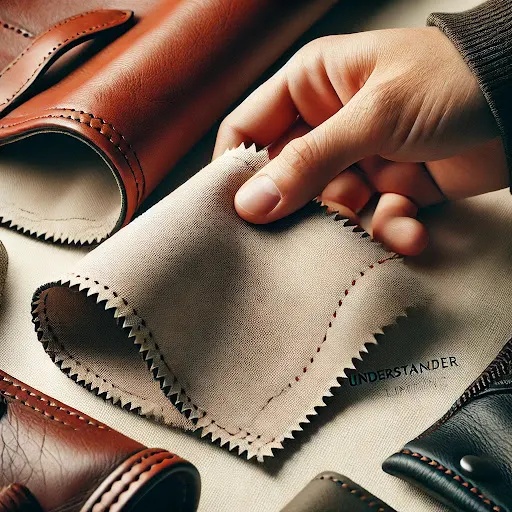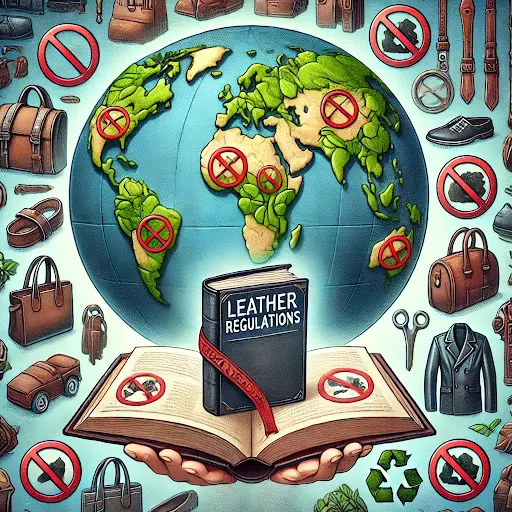Several types of animal leather are commonly used in crafting shoes, each offering unique characteristics in terms of durability, flexibility, and appearance. The choice often depends on the intended use of the shoes, the desired style, and personal preferences. Here are some popular types of animal leather for shoes:
Cowhide Leather:
- Advantages: Durable, tough, and resistant to wear. It provides good support and is commonly used in casual and work shoes.
- Common Use: Casual boots, work shoes, and everyday footwear.
Calfskin Leather:
- Advantages: Soft, supple, and lightweight. It has a finer grain compared to cowhide, making it suitable for more refined and comfortable shoes.
- Common Use: Dress shoes, loafers, and other formal footwear.
Goatskin Leather:
- Advantages: Lightweight, flexible, and breathable. Goatskin leather is known for its softness and comfort.
- Common Use: Dress shoes, loafers, and lightweight casual footwear.
Kangaroo Leather:
- Advantages: Strong, lightweight, and has high tensile strength. Kangaroo leather is known for its durability and flexibility.
- Common Use: High-performance athletic shoes, especially in sports like soccer and running.
Sheepskin Leather:
- Advantages: Soft, pliable, and known for its natural elasticity. Sheepskin provides a comfortable fit and is often used in luxury shoes.
- Common Use: High-end dress shoes, loafers, and luxury footwear.
Exotic Leathers (Alligator, Crocodile, Snake):
- Advantages: Luxurious and distinctive textures. Exotic leathers add a unique flair to high-end, statement shoes.
- Common Use: Luxury dress shoes, boots, and high-fashion footwear.
Buffalo Leather:
- Advantages: Thick and rugged, offering durability and resistance to abrasion. Buffalo leather is commonly used in robust and casual footwear.
- Common Use: Work boots, hiking boots, and other sturdy outdoor shoes.
Pigskin Leather:
- Advantages: Tough and resilient. Pigskin leather is often used as a lining material for its breathability.
- Common Use: Shoe linings, casual shoes, and athletic footwear.
When selecting leather for shoes, it's essential to consider factors such as comfort, durability, and the specific requirements of the footwear. Different types of leather cater to varying needs, ensuring that shoes not only look stylish but also provide the necessary support and functionality.


























.png)
.png)
.png)
.jpg)
.JPG)
.JPG)